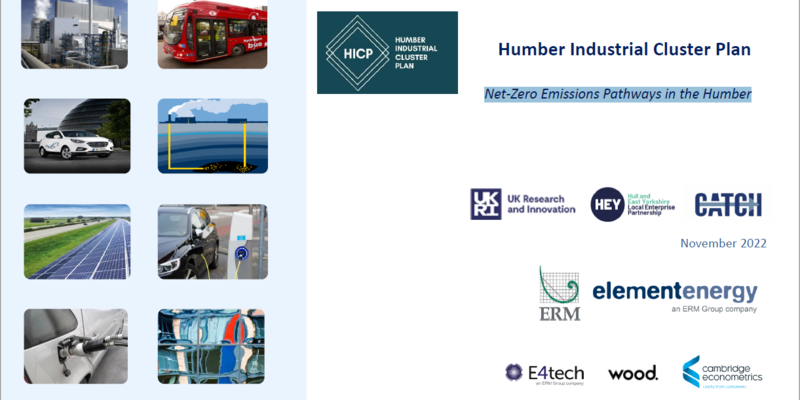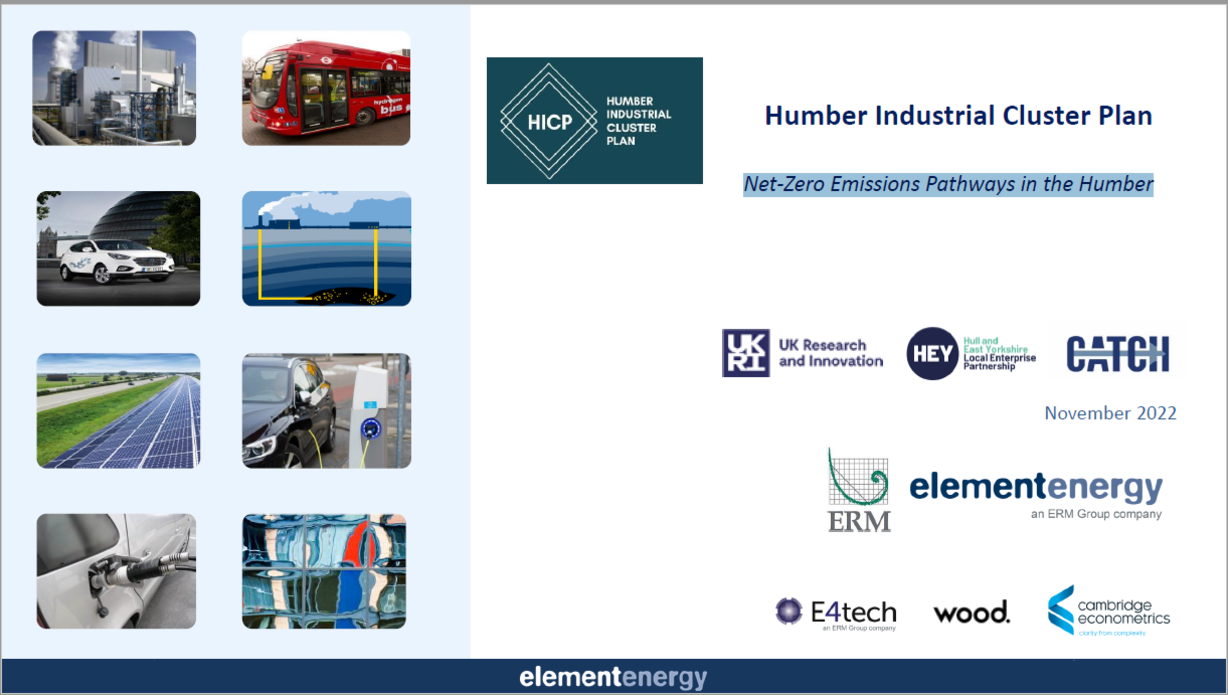The Humber is the largest industrial area within the UK with several industrial decarbonisation projects currently exploring carbon capture and storage (CCS) and hydrogen production. In 2019 UKRI launched the 2-phase decarbonisation of industrial clusters roadmaps competition. The former Humber Local Enterprise Partnership (LEP), which is now Hull and East Yorkshire (HEY) LEP, and CATCH were initially funded to carry out a Phase 1 feasibility study, and then successfully received Phase 2 funding to develop their decarbonisation roadmap alongside five other competition winners, each taking a share of £8 million in funding from UKRI.
HICP has commissioned a number of work packages to support development of regional strategy on how industrial emissions will change over time and provide the region's projects and industry with a well-defined, optimal route to achieving true net-zero in 2040. It is essential that our regional strategy is underpinned by a robust and credible data analysis solution to assess optimum routes to achieving significant carbon reductions by 2030 and net zero by 2040.
The report outlines the four scenarios investigated as part of this work, covering 53 existing industrial & power sites within the Humber area. The scenarios varies in terms of assumptions, and consider factors such as costs, level of incentives, the type of hydrogen production routes developed, and the timelines for shared infrastructure development. The variations could be related to commitment to different technology options or policy measures.
Read the report here


